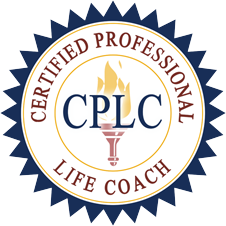I actually have a love/hate relationship with hashtags. I have found them distracting at times or as words that dilute the actual message, especially on Twitter. People can actually “spam” you by using hashtags that may be popular, but not relevant to their message. Being relevant is key when using hashtags.
Research shows that hashtags are often effective if used properly.
Twitter first introduced hashtags to the social media world in 2007 and, many people are still confused as to how to use them.
In practice, hashtags are used to categorize social media content into easily navigable lists. By including the #[INSERT KEYWORD] in a tweet, it then becomes visible online with other posts using that same hashtag.
For instance, posts with at least one Instagram hashtag average 12.6 percent more engagement than posts without a hashtag.
At ECRC’s annual fundraising dinner, the new hashtag, #iloveecrc was introduced.
At a client’s recent fundraising event, we created a new hashtag, not just for that particular event, but for all of ECRC’s events. It is a Christian ministry so #iheartecrc was appropriate. Some people actually replaced the word heart with an emoji but that didn’t always work as a hashtag. Instagram brought two of the biggest social media trends together and combined them into one: emoji hashtags. You have to be careful with emojis inserted into a hashtag. It doesn’t work on all social media platforms. That particular hashtag is used as a branded hashtag. It is about ECRC.
For another client, we created another branded social media hashtag #independentstrong to represent independent retailers but when you search the hashtag, it is being used for women’s issues and by women’s groups. We had to go back to the drawing board.
There is so much information on the web regarding hashtags and how to use them properly. We are constantly reading up on new platforms, hashtags and other social media tools to best serve our clients.
We just wanted to provide some noteworthy tips. Remember, the real point of a hashtag is to help people filter relevant conversations.
By using hashtags for a food photo by a blogger, for instance, your photo will be cataloged so other Instagram users who enjoy food posts can find it.
There are community hashtags that help with SEOs, your search engine optimization. This will help you gain followers as well. The best way to find these community-oriented hashtags is by looking to see which hashtags your audience, or favorite accounts, are already using. The narrower the scope of the hashtag, the more engaged are the users.
Hashtags on different platforms may vary a bit.
Instagram hashtags are often more geared toward topics or descriptions. While Twitter hashtags tend to be more focused on a topic, news story or specific conversations. You really should know how your specific audience uses hashtags on their networks. When you do, you can participate properly.
There is some debate on how effective hashtags are on Facebook. However, Facebook has offered these 3 usage tips for the hashtag:
- Search for a specific hashtag from your search bar.
- Click on hashtags that originate on other services, such as Instagram.
- Compose posts directly from the hashtag feed and search results.
It can be overwhelming using hashtags and creating social media strategies, but just remember to be memorable, creative or catchy and relevant.





